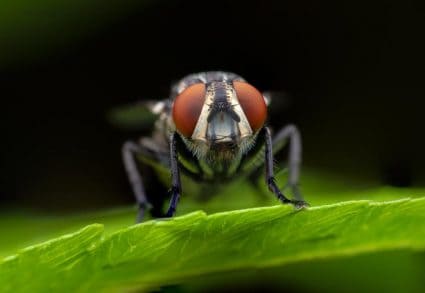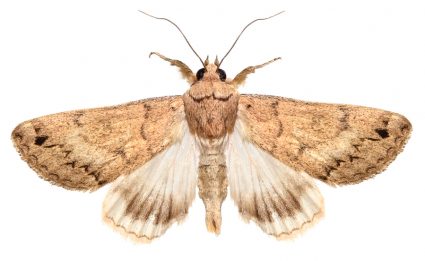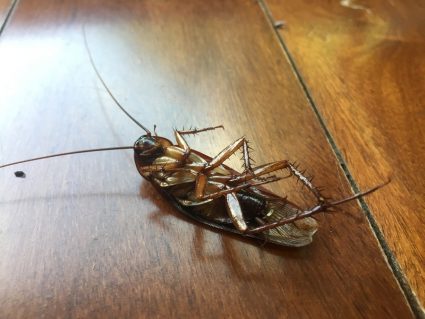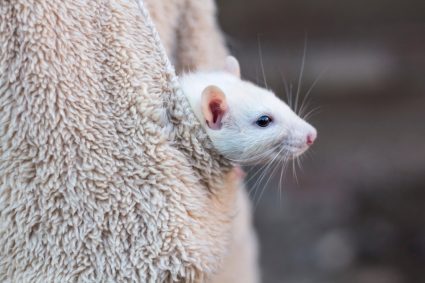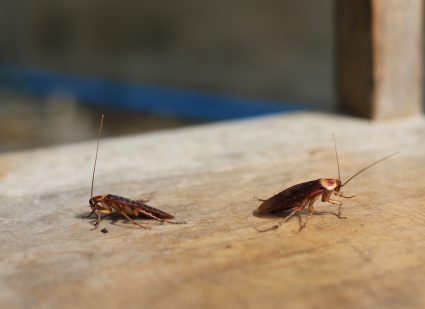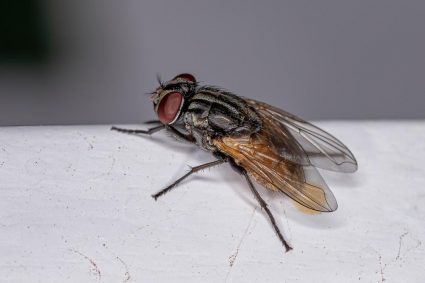
Fleas are a common concern for pet owners and those living in close proximity to animals. Yet, despite their reputation, these tiny parasites don’t seem to have the same affinity for human hair as they do for the fur of other mammals. But why is that? Let’s delve into the reasons behind this.
Fleas don’t typically infest human hair due to several reasons. Firstly, different species of fleas have their own preferred hosts, and humans are not the primary choice for most of them. Secondly, human hair structure and density are not ideal for fleas to live and reproduce. Lastly, human grooming habits and living conditions often do not provide the warm and humid environment that fleas thrive in. Therefore, while fleas can bite humans, they are unlikely to make a home in human hair.
Fleas and Their Preferred Hosts
Different species of fleas have their own preferred hosts. For instance, the human flea (Pulex irritans) is more drawn to humans and pigs, while cat and dog fleas (Ctenocephalides felis and Ctenocephalides canis) have a preference for cats and dogs. Though fleas can bite humans when their preferred hosts are unavailable, they typically do not infest humans as their primary host. Fleas are more likely to infest animals with fur, as their body structure and behavior are adapted to living and reproducing on furry hosts.
The Role of Hair and Fur in Flea Infestations
Human hair and animal fur share similar basic structures, including an outer cuticle, middle cortex, and inner medulla. However, there are differences in the microscopic characteristics of human and animal hair. For example, the surface texture of dog hair is smooth, while cat hair is rough and spiculated, and horse and rat hair is coarse. These differences in hair structure can impact fleas’ host preference.
Fleas have adaptations for traveling between hair shafts, such as long claws on their legs and spines on their mouth, legs, and back, which help prevent them from being groomed off by their hosts. Furthermore, grooming behavior is an essential defense mechanism against fleas in many animals. For example, cats that can orally groom reduce their flea population by half. In primates, grooming has been shown to effectively reduce ectoparasite loads, including fleas.
Fleas and Human Hair
Humans tend to have much less hair than other animals, making us less appealing to fleas. Even if a flea jumps from a pet to a human head, it is unlikely to make its home there, as humans don’t have enough hair to offer. Fleas can bite humans, but they don’t lay eggs on the human scalp. They can only breed on specific animals, such as cats and dogs. Therefore, fleas cannot live long in human hair, as our strands are not thick enough for them.
The Impact of Human Lifestyle and Living Conditions
Human lifestyle and living conditions play a significant role in the prevalence of fleas. Being a pet owner, living or working in environments with poor sanitary conditions, or having poor personal hygiene are risk factors for flea infestations. Fleas thrive in warm and humid environments, and many pets live indoors, providing an ideal climate for year-round breeding of these pests.
The Symptoms of Flea Bites on Humans
Flea bites on humans typically appear as small, red bumps that may be surrounded by a reddened halo. They are often found in clusters of three or four, or in a straight line, and are most common around the legs, ankles, waist, armpits, and in the folds of the elbows and knees. The main symptom of flea bites is itchy skin, which can be accompanied by swelling and irritation.
In conclusion, while fleas are capable of biting humans, they don’t typically infest human hair due to a combination of factors such as our hair structure, grooming habits, and living conditions. Nevertheless, it’s essential to maintain good sanitation practices and regularly treat pets with appropriate flea control products to prevent these pesky parasites from becoming a nuisance.
Frequently Asked Questions
Can fleas transmit diseases to humans?
Yes, fleas can transmit diseases to humans. The most well-known is the Bubonic plague, which was spread by fleas on rats. While plague is rare nowadays, fleas can still transmit other diseases such as typhus and tularemia.
How can I prevent flea infestations in my home?
Regularly vacuuming your home, washing bedding in hot water, and treating your pets with flea control products can help prevent flea infestations. It’s also advisable to keep your yard clean and free from clutter where fleas can hide.
Can fleas become resistant to flea control products?
Yes, over time, fleas can become resistant to certain flea control products. This is why it’s important to consult with a vet for the most effective treatment options.
How long does it take for fleas to die after treatment?
The time it takes for fleas to die after treatment can vary based on the product used. Some treatments can kill adult fleas within 24 to 48 hours. However, eggs, larvae, and pupae stages might not be affected, and can continue to develop into adults. Therefore, it’s important to use a treatment that kills fleas at all life stages or continue treatment until all fleas are eradicated.
Can fleas live in human clothes?
Fleas can temporarily hide in clothes, but they prefer to live on hosts where they can feed. They do not lay eggs in clothes as they need a host to breed. Washing and drying clothes at high temperatures can kill any fleas that may be present.

